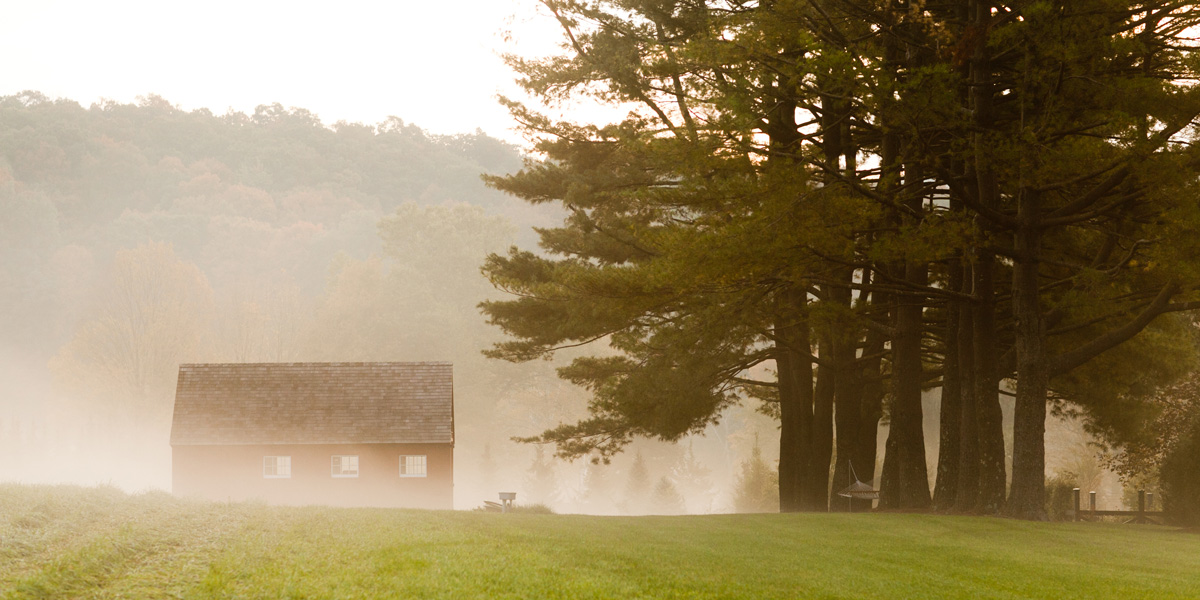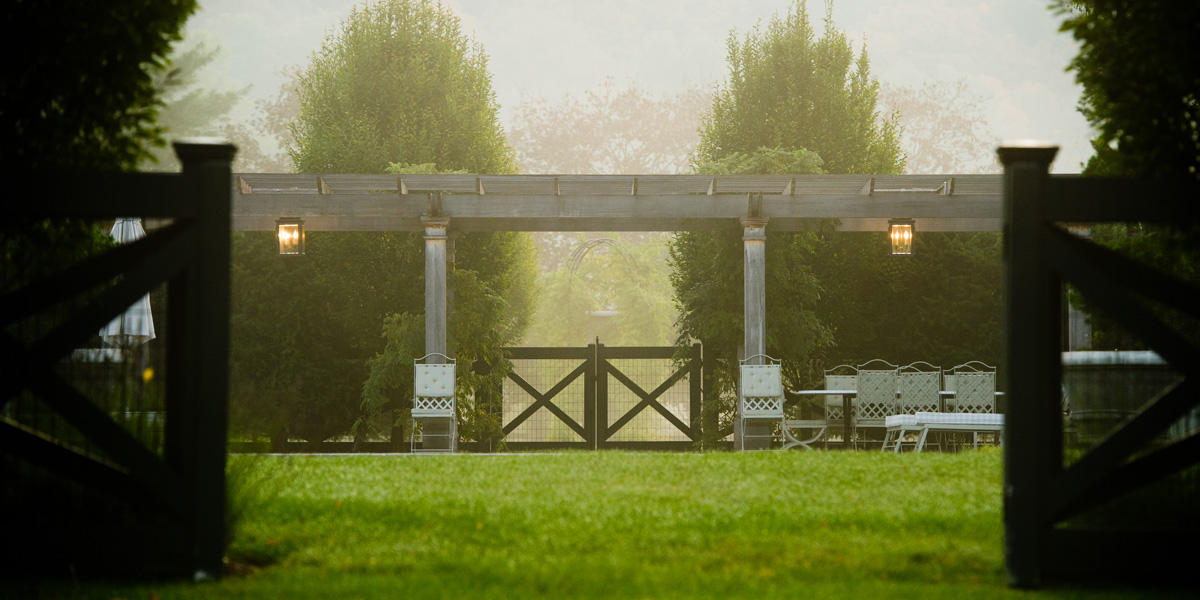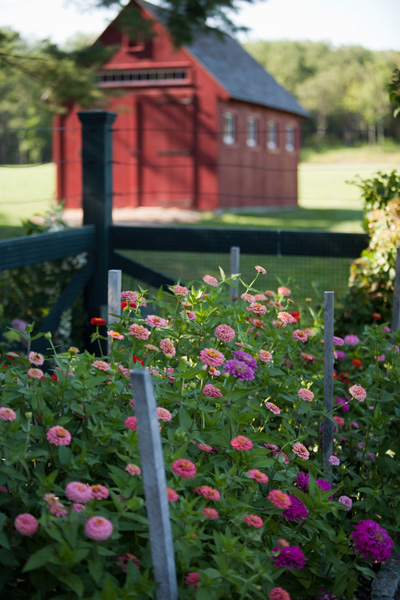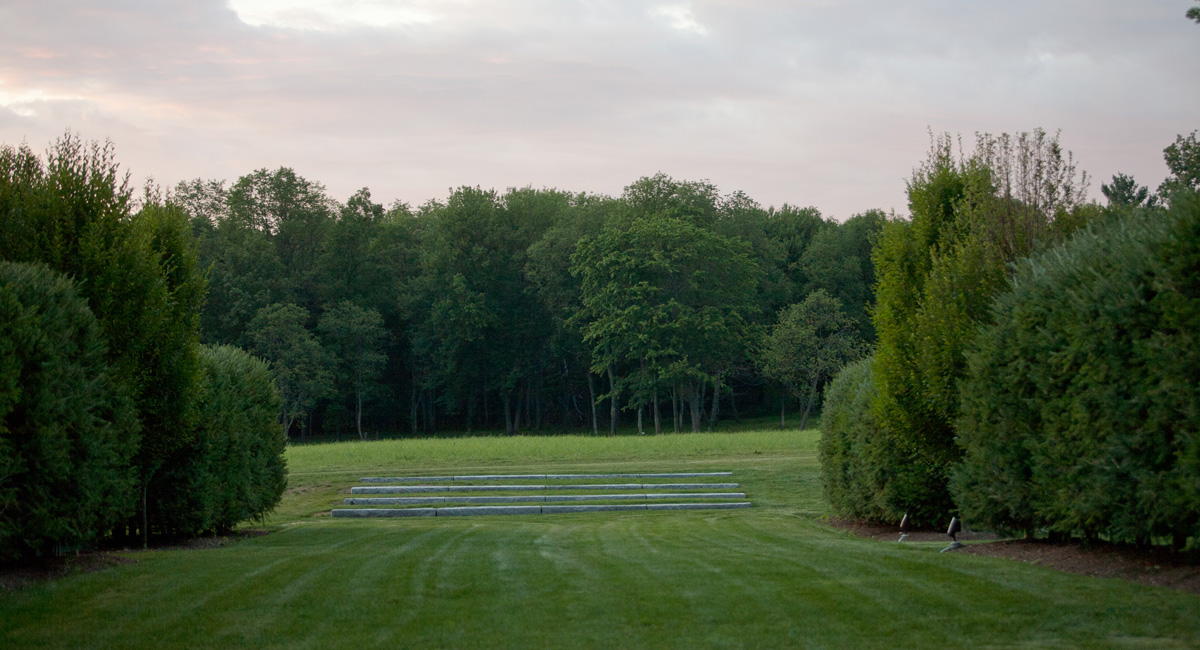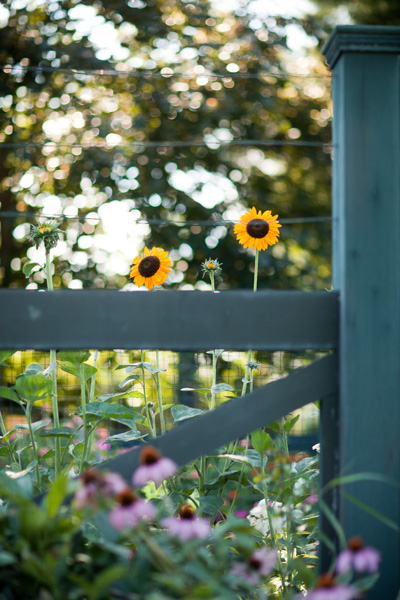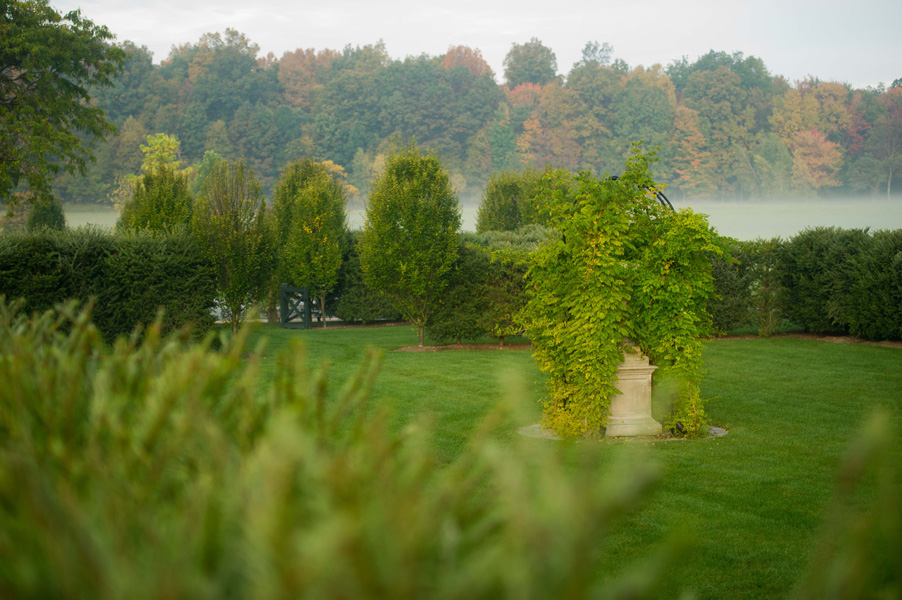Janice Parker Landscapes
PHOTOS BY Neil Landino, Jr.
In her well-rounded career as a landscape architect, horticultural specialist, garden consultant, teacher, floral designer, and speaker, Janice Parker has distinguished herself by rethinking accepted landscape practices and developing inventive, personal solutions for difficult problems. Janice has extensive hands-on experience in every facet of landscape and design, so she intimately understands how it all works.
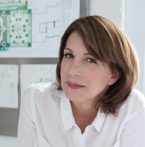 Since creating Janice Parker Landscape Architects in 1984, Janice has cultivated the firm to one of national prominence. The firm has conceptualized and directed innovative landscape architecture for national, private, and public clients across the United States. Janice Parker Landscape Architects has established a reputation for conceiving, planning, and installing thoughtful landscapes and is dedicated to excellent design, full documentation, and project coordination. Under her guidance, the firm has been honored with multiple awards, including the 2016 Stanford White Award for Garden Design, the 2015 Professional Merit Award from the American Society of Landscape Architects, and the 2012 National Palladio Award for Landscape Architecture. Janice recently authored and designed Designing a Vision, a book focused on her approach to the discipline of good landscape design. Below she walks us through a featured project.
Since creating Janice Parker Landscape Architects in 1984, Janice has cultivated the firm to one of national prominence. The firm has conceptualized and directed innovative landscape architecture for national, private, and public clients across the United States. Janice Parker Landscape Architects has established a reputation for conceiving, planning, and installing thoughtful landscapes and is dedicated to excellent design, full documentation, and project coordination. Under her guidance, the firm has been honored with multiple awards, including the 2016 Stanford White Award for Garden Design, the 2015 Professional Merit Award from the American Society of Landscape Architects, and the 2012 National Palladio Award for Landscape Architecture. Janice recently authored and designed Designing a Vision, a book focused on her approach to the discipline of good landscape design. Below she walks us through a featured project.
The inspiration to publish the book.
After a lifetime of working in landscape design and with people who desired a beautifully designed garden, I realized that the story of landscape design, as I understand it, is a story about what is asked of us, the designers, by our culture, our training, and our passion for the natural world. It is the story of our clients and what landscapes mean to them. This book is the story of how I see design work, teamwork, and discipline to communicate the answers that are found in a good landscape design.
Can you tell us a little bit about this project?
This was a wonderful experience with great clients and an interesting and historically significant property in upstate New York. After decades of use as an active Christmas tree farm, the land was neglected for several years before the current homeowners obtained it.
During the design process there was careful consideration of the ways in which farmers shape the land in a practical way, which often results in a disciplined agrarian beauty. Inspiration for the form and the placement of the outdoor spaces was drawn from the remnants of the site’s past agricultural use.
What is the function of the barn on the property?
Besides looking absolutely beautiful behind the white pine tree line, it holds farm equipment.
Did you plan the landscape around it, or as part of a focal point?
We planned the landscape around the existing large trees and used as many of the small Christmas trees as possible. Fortunately, the barn was in just the right place.
How do you approach designing a property that is vast?
Once we have a topographic survey of the property, we analyze the land carefully, and we look to understand the history of the land and the surrounding area for cultural reference points as well as current uses and conditions. We want to find the story of the land, and if there is not a strong story, we look to find a way to create one. All good landscape design will take you on a journey. We look to find the areas that we can humanize and cozy up as well as the areas where we can work with the large scale and vistas.
Do you create visual “rooms” that people would utilize or rather vistas to be looked out upon?
The key to a great design is to use both. Outdoor rooms create intimate and elegant settings for people to enjoy a variety of spatial experiences. Vistas are aspirational. On this project, a central axis runs through the rooms, starting with the vegetable and flower garden at the eastern end, through the “urn room” with the iron arched stone urn set in the lawn, and continuing to the “pool room” before dispersing into the fields. A long green space functions as a “hall” and separates the urn room from the pool room, while crisp hedges form walls with a grass carpet extending from the entry court up stone-in-lawn steps, which transition the architecture of the hedges into the open fields. An apple orchard stretches along the eastern edge of the residence area, providing fresh organic fruit for the homeowners and their guests. Between the orchard and residence, a graceful lilac hedge arches around a lawn area for the children off the back porch. Tall and low hedges, fieldstone walls, and planted fences create a variety of comfortably scaled spaces and allow for the appreciation of the framed vistas outward.
Do you intentionally set a tone, such as playful, formal, or traditional, to the design?
More often than not, the land combined with the client’s wishes will help us set the tone. We respect the cultural heritage of sites while looking at the present and provide a blending of the two—of course playful is always a good way to go!
How would you describe the tone of this project?
I would say traditionally respectful, with rustic yet elegant styling.
Have you ever landscaped a working horse farm? How would one differ from other large properties that you’ve designed?
Yes, I have created site plans and designs for working horse farms. They present very unique challenges. There are a lot of site requirements, and understanding the horse-management plan and how best to accommodate the horses, the people, the maintenance, and the equipment, as well as the paddocks and the circulation, is a puzzle that is always pleasant to solve. Working farms are properties with great spaces, great architecture, and opportunity to use them in different ways.
If there are existing architectural structures or trees on the property, do they automatically become a focal point?
Automatically? No. However, when working with the clients, we are careful to preserve where we can when appropriate for the desired end result. Often a wonderful existing tree will drive the house placement and design. On this site, the bold move to salvage the Christmas trees into green walls-hedges instead of cutting them, speaks to the industry as a whole; adapting site materials is not limited to specimen species of plant or even to hardscape materials. Approaching site challenges with an open and creative attitude can turn the most unwieldy features into key gestures of a design.
What design devices or elements do you use to transition from intimate to wide-open spaces?
Tight and congested spaces, sometimes created by overhead tree canopies, will always be great moments of stagecraft. Going in and out of these shaded spaces is even more satisfying when you come out into a large vista and view you did not expect.Like a good architectural floor plan, a garden plan must flow–you should always know where you are in a garden. You should have surprises and moments of contemplation, but it should not be confusing. So as you transition in and out of spaces, views, and vistas, you should still understand the land and where you are.
Is water, whether decorative or environmental, an important factor in your design?
Water is always magnetic, and often aspirational. It is a wonderful element to bring in to all gardens, be they small or large. We try to work water features and reflecting pools into most gathering spaces.
I understand you are a strong proponent of using color in your design. What approach did you take in incorporating it into this project?
More, more, more. Saturate with color is one of my core design values. The landscape and the natural light can handle color. You have to remember that at 100 feet away, all colors but yellow or red turn gray. There is no reason to be hesitant with color. Color will add interest to all outdoor spaces. Currently I cannot get enough of deep garnet red!
Is long-term maintenance one of your major concerns when initiating your designs?
Yes! It is a major concern. We plan for it from the beginning and discuss the expense and the complexity of this during the design process. All of our construction details are created with the awareness of how they will hold up over time and how easy they are to maintain. We are very involved in the creation of the maintenance plans for all the properties we design. The last thing we want to do is leave people with lots of puppies and kittens to take care of with no directions!
What best describes your landscape architecture philosophy?
Every element of a design matters–edges and transitions, corners, intersections, plants, scents, sounds, and, importantly, the quality of the light. It is a goal to have a sense of focused simplicity and a care for site-specific, distinctive detailing.

